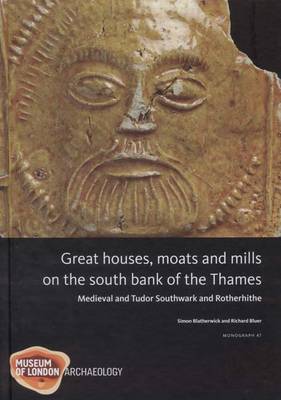Regeneration in the 1980s-90s on the south bank of the Thames resulted in archaeological and historical investigations at Platform Wharf, Rotherhithe, and next to London Bridge, in Southwark. The development of both sites from the 14th century is of major interest. The Rotherhithe property was acquired c 1349 by Edward III and the existing house rebuilt by him in 1353-61 with two courts, including a riverside range of apartments. Royal interest ceased after Edward's reign, and the house passed to Bermondsey Priory in 1399. The fragmentation of the site into smaller properties, including ones with industrial uses, is charted. The Southwark site contained three notable residences during the medieval period and tidal mills on the waterfront. The 14th-century moated house of the Dunley family and a pleasure-house built by Edward II, the Rosary, were both acquired by Sir John Fastolf for his own grand London residence in the 1440s. In the later 16th century there was massive immigration into this part of Southwark and by the mid 17th century the former moats and gardens were built over with small properties and alleys. The moat infills produced exceptionally rich assemblages of domestic artefacts and ceramics, the waterside location preserved a wide variety of plants, timber structures and woodworking evidence.
- ISBN10 1901992837
- ISBN13 9781901992830
- Publish Date 14 April 2009
- Publish Status Active
- Publish Country GB
- Publisher Museum of London Archaeology
- Imprint Museum of London Archaeology Service
- Format Hardcover
- Pages 240
- Language English
